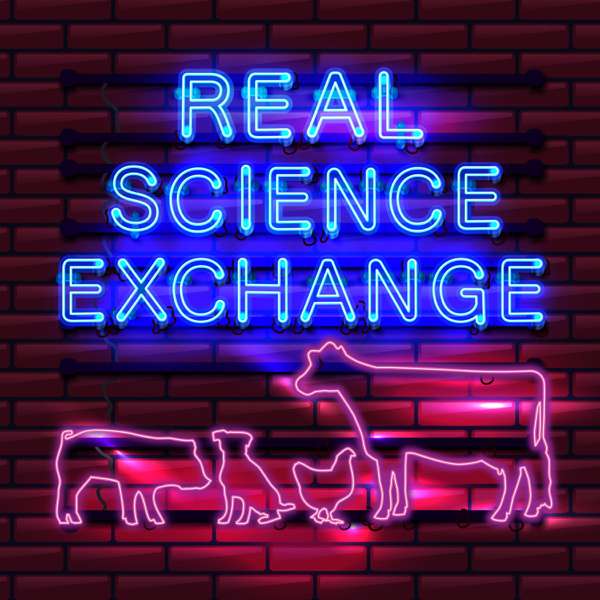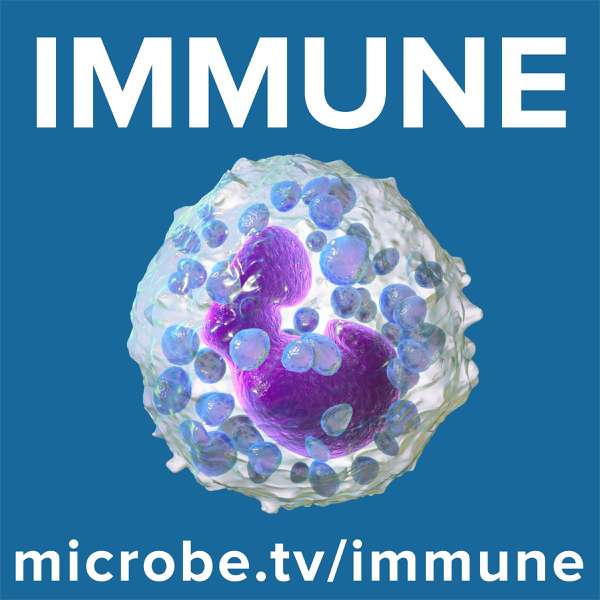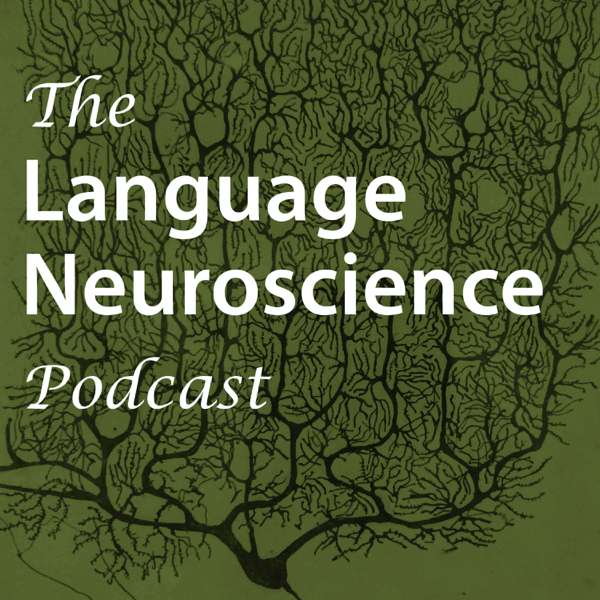Episode Summary:
Antibodies are one of the greatest tools we have in our therapeutic arsenal and have transformed the way we treat cancer and autoimmunity. But we still largely develop these drugs using guess and check methods, massively slowing down the process. However, our own B cells are constantly making new antibodies against the pathogens and diseases we routinely suffer from, creating a gold mine of drugs floating around inside all of us. We just need to find them! Recognizing this challenge, Nima and his team at Avail Bio have leveraged their deep experience in computation and systems immunology to build a platform that massively screens the antibody repertoire of patients who have successfully cleared a disease. With it, they find ready-to-deploy antibody drugs that could treat everything from cancer to autoimmunity and even reprogram our own immune system!
Search Keywords: fifty years, bio, translation, antibodies, B cells, cancer, autoimmunity, immunology, avail bio, nima emami
Episode Notes:
About the Guest
Nima Emami is the CEO & co-founder of Avail Bio. He received a PhD in Bioinformatics from the UCSF Cancer Center, and studied Bioengineering, Electrical Engineering and Computer Science at UC Berkeley.
Key Takeaways
The immune system contains a massive diversity of antibodies that hold clues on how to fight disease. Avail has developed a platform to discover and develop these antibodies for cancer and autoimmune disease.
Companies that spin out of universities can pair with accelerators early on to both raise funding and make progress with a small amount of capital. The most challenging part of pulling IP out of a university is speed. Public universities that generate many spinouts are often overwhelmed with the amount of inventions disclosed concurrently, which lengthens the time required for tech transfer.
Avail’s platform combines synbio, machine learning and genomics to both discover and validate targets, and ultimately translate those targets into drugs. Failure of clinical stage programs in cancer trials can be traced back to the failure of mouse models to faithfully recapitulate the cancer biology or the immunobiology that we see in humans.
The future that Avail hopes to create is one where drugs developed using their platform will reach patients, thereby changing the drug discovery paradigm to be more data-driven.
Impact
The platform that Avail is building peers inside the human immune response to find and develop novel antibodies to cure cancer and autoimmune disease.
Company: Avail Bio

 Our TOPPODCAST Picks
Our TOPPODCAST Picks  Stay Connected
Stay Connected







